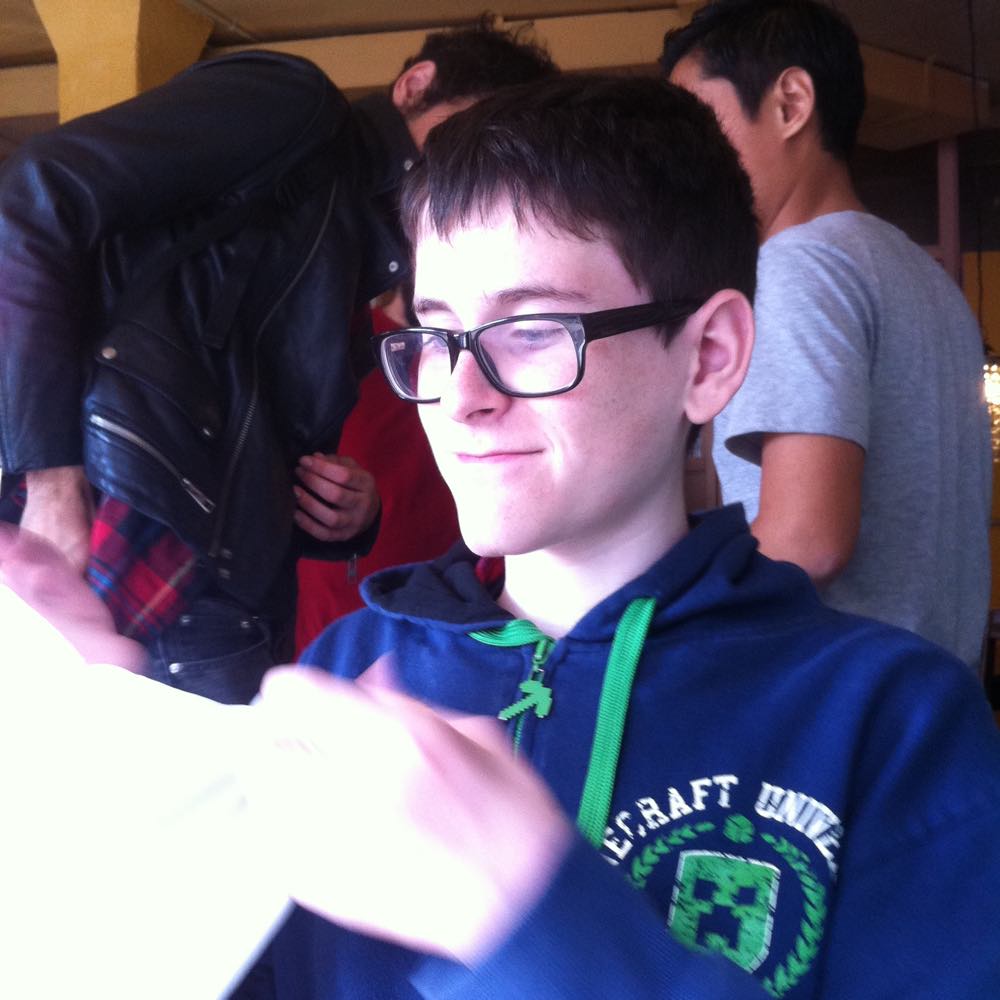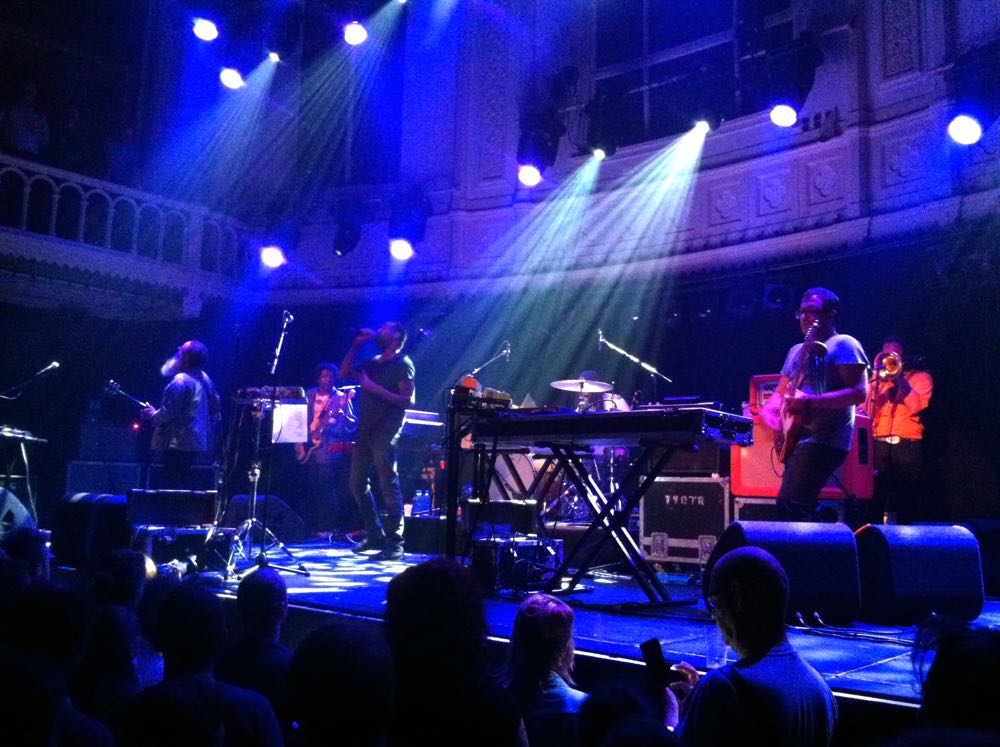Abi and I took part in the Dam-tot-Dam walk from Amsterdam to Zaandam again yesterday. It was raining (though not too heavily) when we started at about 08:35, and there was a brief shower around 12:20, but the rest of the time it was fine walking weather. We did the 27km route. Abi’s knees were hurting by the end. If we do it again next year, we’ll take one of the shorter distances.
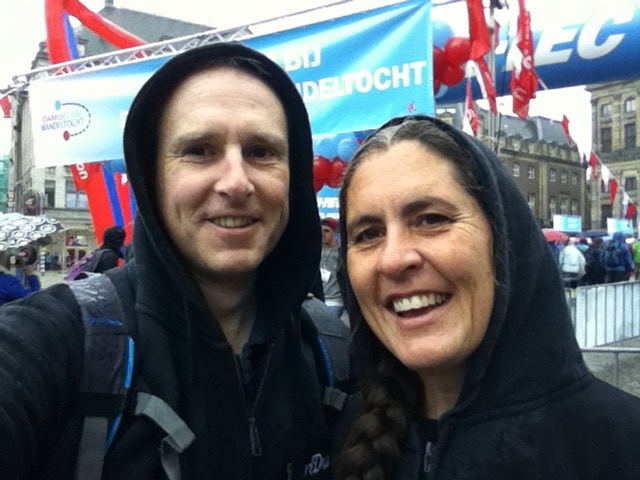
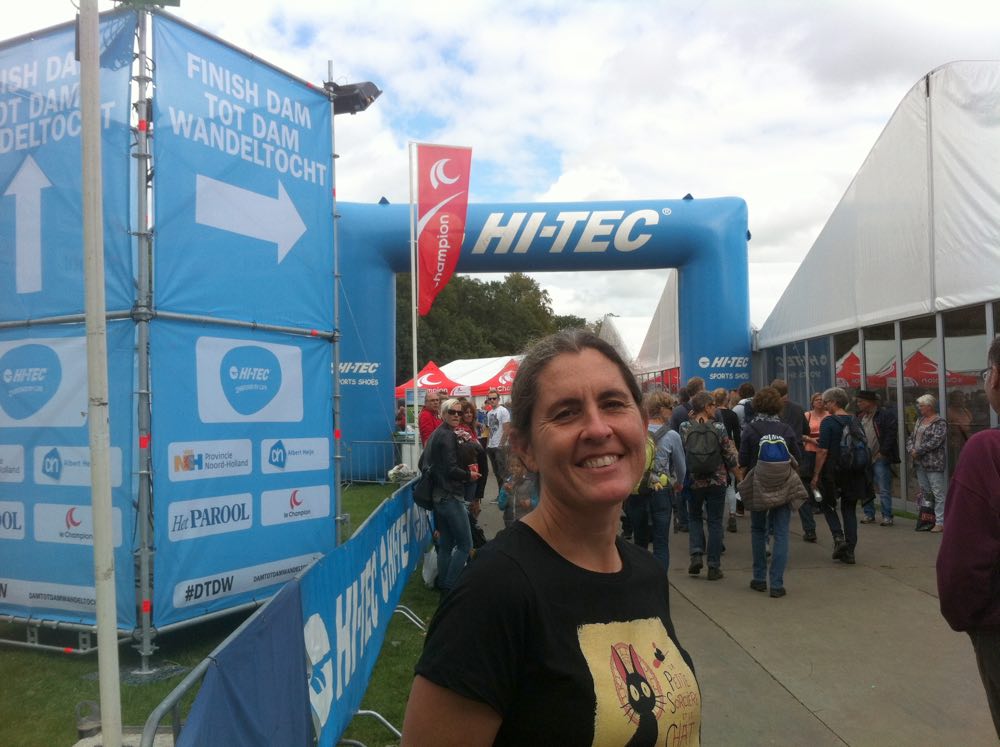
I also saw my first ever Zaandam flag in the wild! It made me very happy.
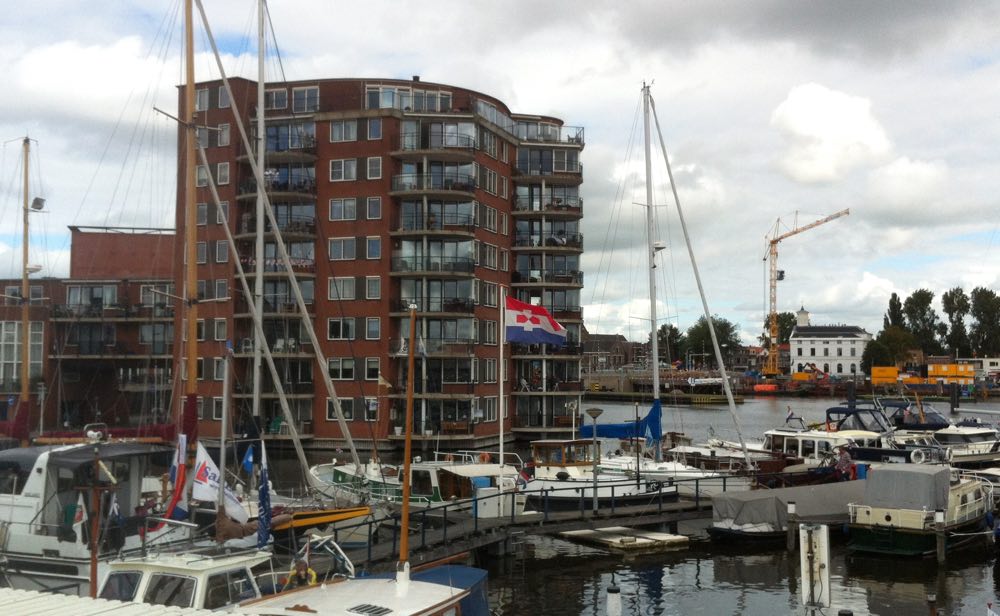
This year’s walk was very different from last year’s. The route change was only one part of that: instead of ending the walk at a festively decked-out Burchtkade, it led us to Burgemeester in ‘t Veldpark which had been turned into the “Dam Tot Dam Park” for the occasion which had been taken over by massive corporate sponsor tents, most of which were empty and closed. I’m sure they’ll all be open and bustling with special invitees and promotions for the main running event today, but yesterday it felt barren, useless, and not very gezellig, despite the excessively loud live hela-hola band. To get there, the the last two kilometers of the route were a tortuous stretch through residential streets that were too narrow for the number of walkers going there as well as coming back, because the park is way out of the town centre, and nowhere near the bus stops, train station, and catering everyone wanted to return to. Making people do another two km just after they’ve plugged through a long walk is not a great idea.
Of course we eavesdropped on the conversations of other walkers around us, and all we heard were complaints. Progress was stop-start as we waited for cars and crossings, and our average walking speed dropped precipitously. Stop-start isn’t so bad at the start of the route as it goes through the centre of Amsterdam (although the traffic management was better there), but at the end of the route, when you’re tired, it feels like a slog. I hope the organisers will reconsider for next year.
The other thing that was different was me. Last year’s Dam-tot-Dam came at the trough of a period of depression that I’m still recovering from and fighting against. For that, and other reasons, it has been a tough year. Last year, the rain at the start of the event would have sent me straight back home. This year, it was a question of whether we would just walk on, or pause to take some shelter during the worst of it. (We sheltered a bit, but only for a few minutes.) On the walk, even when the subject turned to things that were bothering me, there was no knot of anxiety in my belly, and no visceral dislike of everything around me. (And this even after a very short night’s sleep, having taken Alex to his first Friday Night Magic the evening before.)
At the low times it’s hard to remember the highs, and vice versa.
